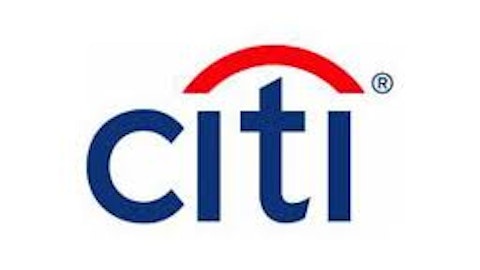At least, that’s the official story. The truth, as is often the case, is a bit less inspirational. Samira Kawash of the CandyProfessor blog uncovered some interesting background to the Tootsie Roll story. Hirshfield, a fairly prolific confectionary inventor, didn’t actually live in Brooklyn in 1896 — he’d moved to Manhattan in 1891. By 1896 he’d already been granted three patents for confection-making machines, each of which were jointly assigned to Julius Stern and Jacob Saalberg. These two men were the founders of Stern & Saalberg, a Manhattan-based confectioner. Stern & Saalberg, before producing Tootsie Rolls, first unveiled a jelly powder called Bromangelon in 1895 — invented, according to a later news report, by Leo Hirshfield. The Tootsie Roll trademark was first registered in the winter of 1908, but Bromangelon’s advertising had already been using a little girl called “Tattling Tootsie” as a sort of mascot since the fall.
Hirshfield, despite his innovation pedigree, never rose above the vice-president level at Stern & Saalberg. He died wealthy as a result of Tootsie Rolls, but he never controlled the company that now bears his daughter’s nickname, and a later attempt to found his own candy company failed. His obituary named him as “Leo Hirschfield,” which is how all other contemporary data (including the 1908 patent describing the Tootsie Roll manufacturing process) also spells his name. Every classic product has a story, but many of them are at least part myth.
The engine of industry
On Feb. 23, 1893, inventor Rudolf Diesel received a German patent for the engine that bears his name. Internal-combustion engines had existed for some time, but Diesel’s engine differed from the gasoline engine by using compression to ignite its fuel rather than the spark of a spark plug. This allows for greater efficiency than gasoline engines — modern diesel engines can muster thermal efficiencies of up to 50%, compared with an estimated 30% maximum thermal efficiency for gasoline automobile engines. As a result, many of the world’s industrial engines, including those used in locomotives, trucks, construction equipment, and ships, are descendants of Diesel’s first design.
Diesel engines are also distinguished from gasoline engines for the wider range of fuel types used. Petroleum-based diesel fuel is still the standard, but engine manufacturers are increasingly turning to alternatives, such as biodiesel or natural gas liquids. Cummins Inc. (NYSE:CMI) , the world’s largest manufacturer of large (over 200 horsepower) diesel engines, is on the vanguard of this drive to embrace alternative sources. Not only does Cummins support biodiesel fuel, but it’s also garnered a great deal of attention for its natural-gas engine partnership with Westport Innovations Inc. (USA) (NASDAQ:WPRT), a Canadian engine technology pioneer. These engines are a drop in Cummins’ sales bucket now, but with a $150 billion global market for diesel engines, any cheaper and more efficient fuel alternatives will undoubtedly be a source of growth in this vital link in the global chain of commerce.
The article The Dow Rally Nobody Believed In originally appeared on Fool.com and is written by Alex Planes.
Fool contributor Alex Planes has no position in any stocks mentioned. The Motley Fool recommends and owns shares of Cummins, Johnson & Johnson, and Westport Innovations.
Copyright © 1995 – 2013 The Motley Fool, LLC. All rights reserved. The Motley Fool has a disclosure policy.





